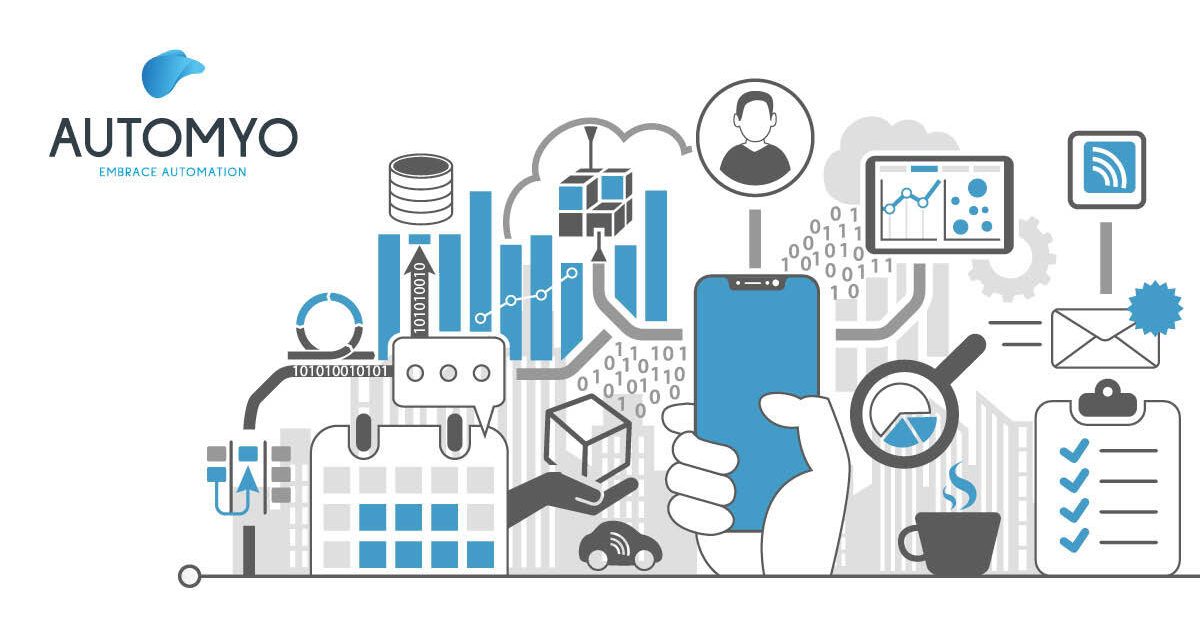
#DigitalRevolution: Italian figures and facts
Data on digitization in Europe have been collected in a report by the EIB Investment Survey (EIBIS), which conducted an analysis on about 13,500 companies in the 27 countries of the European Union, the United Kingdom and the USA.
The data collected shows that digital companies:
- Are more productive;
- Employ more skilled workers;
- See more opportunities for growth.
No, this isn’t mere fantasy or any kind of conjecture to convince skeptics and turn them into digital savvy. It’s an objective conclusion, made possible by an empirical collection of data on a sample of existing companies operating in different sectors.
Although the evidence shows that digital works (and works well), the timing of digital adoption in companies is different in the countries surveyed. Businesses in the European Union are significantly behind the United States in adopting digital transformation. By 2020, only 63% of EU businesses had implemented at least one digital technology (compared to 73% in the U.S.).
A closer look at the Italian context
The report analyzes in detail the digital condition of our country, which unfortunately appears to be slightly late in the adoption of digital technologies compared to the average of other EU countries.
Other relevant data comes from the European Index of Digitization of Economy and Society (DESI). In the 2020 edition, Italy ranks 25th among the 28 EU member states.

- The productivity of Italian SMEs seems to be lower than the EU average
- The level of digitization of Italian SMEs is lower than elsewhere in the world
- There are still strong barriers to digitization in Italy, especially for SMEs
We would like to focus on some characteristics of Italian SMEs:
- Italian SMEs invest less than other EU SMEs in digitization. This leads to lower levels of adoptions and less sophisticated digital technologies.
- Italian SMEs have limited digital expertise compared to other EU countries
- Digital solution supply from major technology providers is fragmented and not always suited to the specific needs of SMEs
- Availability of resources is often an obstacle for SMEs willing to go digital. Although financial institutions support SMEs in accessing resources for their investments to digitize, there are no “digitization-specific” financial instruments
Our Solution
Identifying your internal barriers to digitization and your strategic priorities is critical. Does this sound almost unfeasible for your company? It’s not, with the right tools and a detailed analysis, our experts will be able to find the right key to digitize your company. With Claudio, our RPA, you can easily and quickly automate all your business processes, easily integrate all your systems by adding authorization steps and send control reports to stakeholders.
Join the #digitalrevolution. We will gladly support you on your digitization journey.

